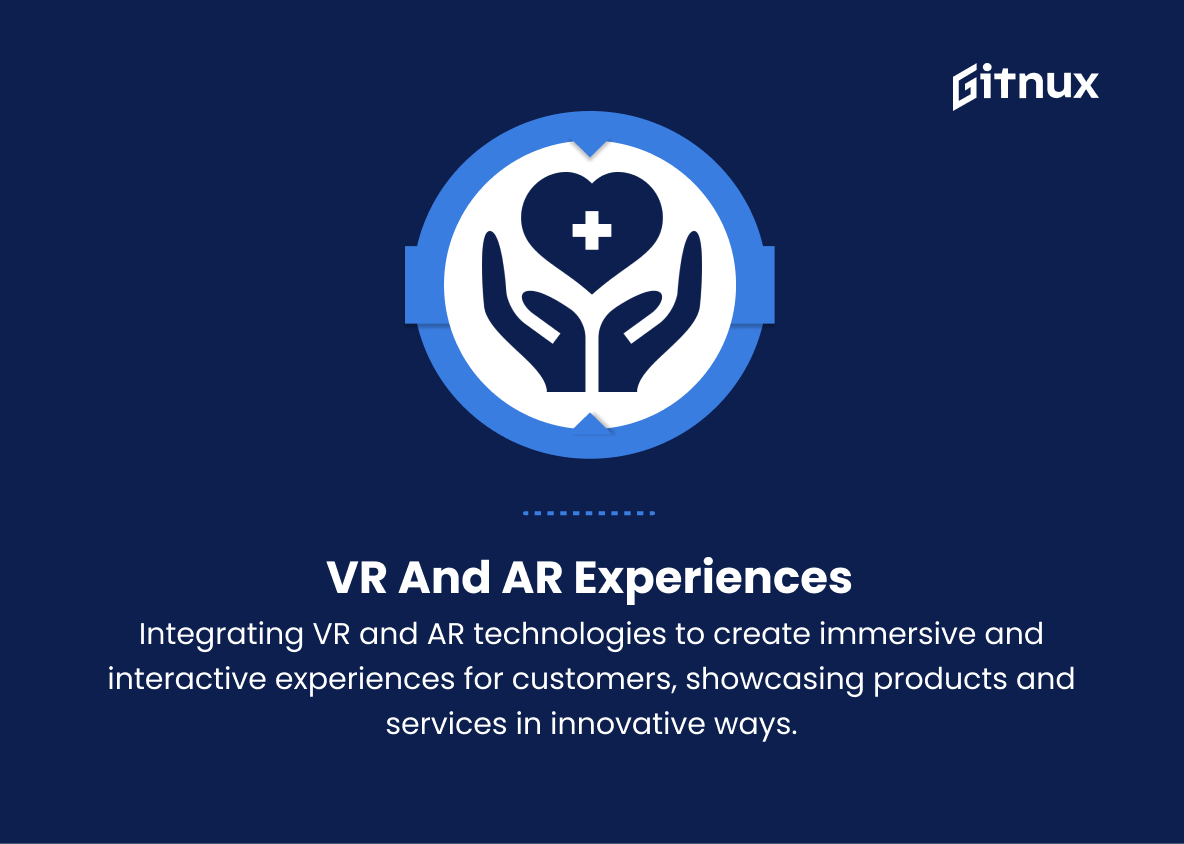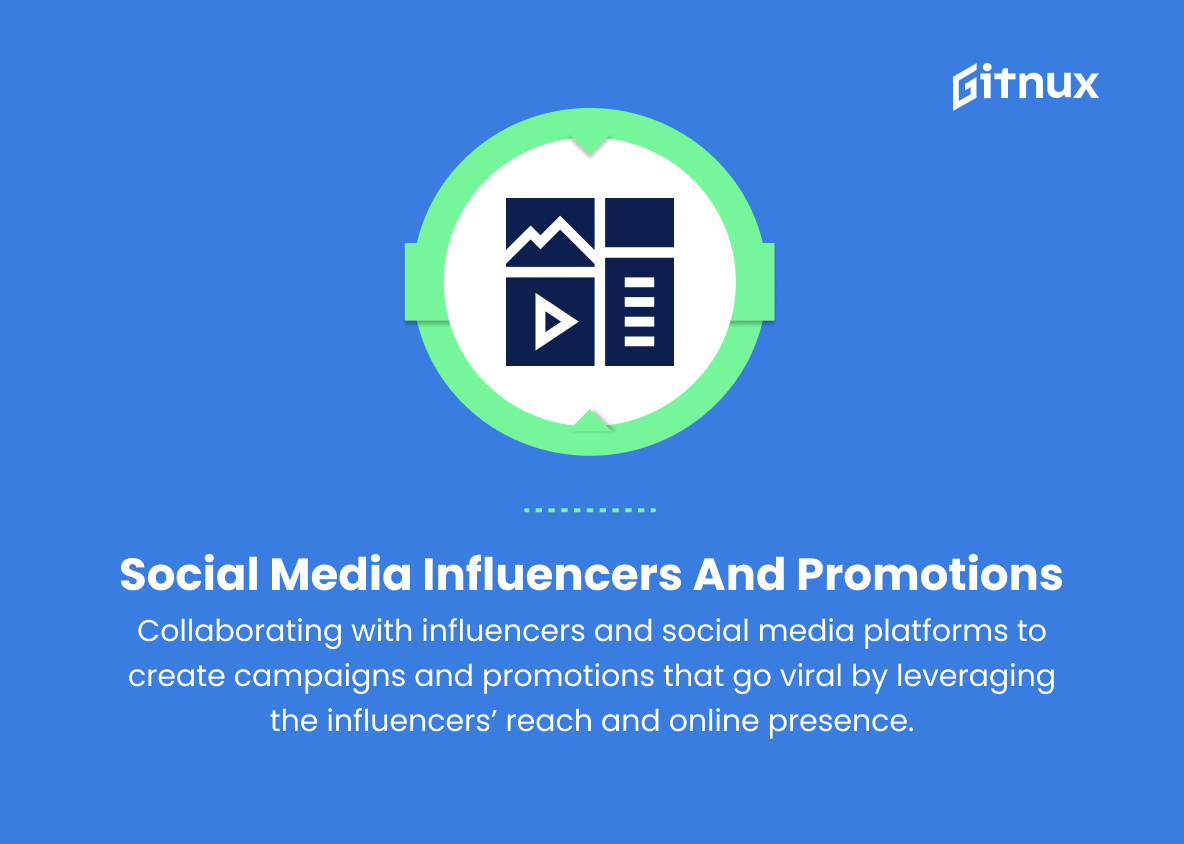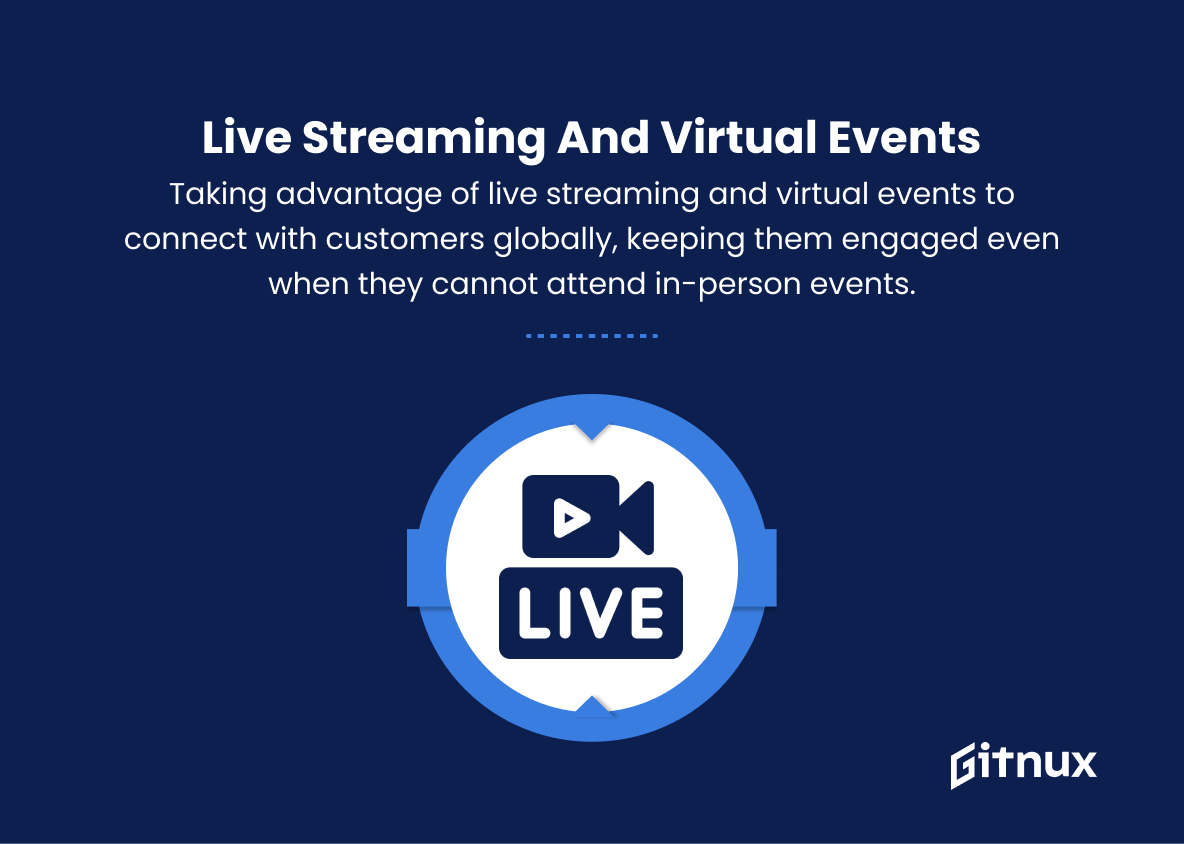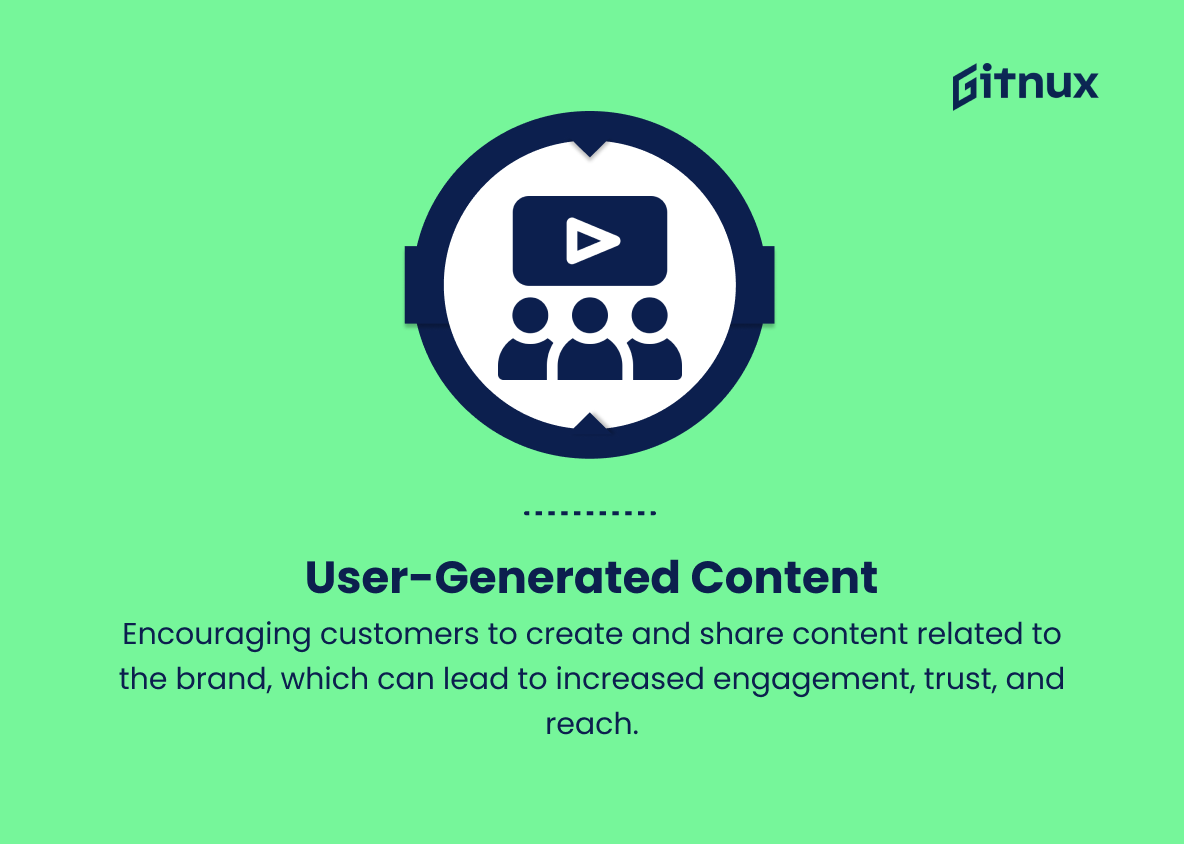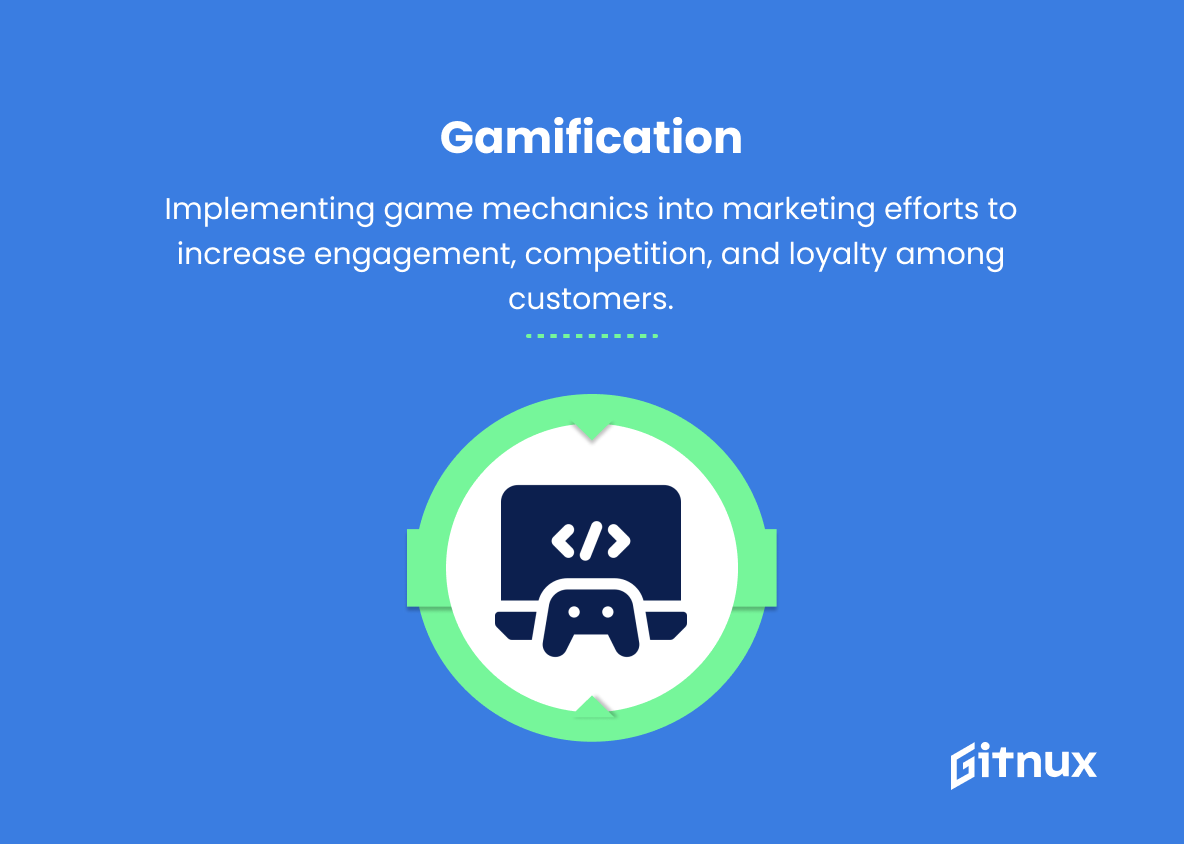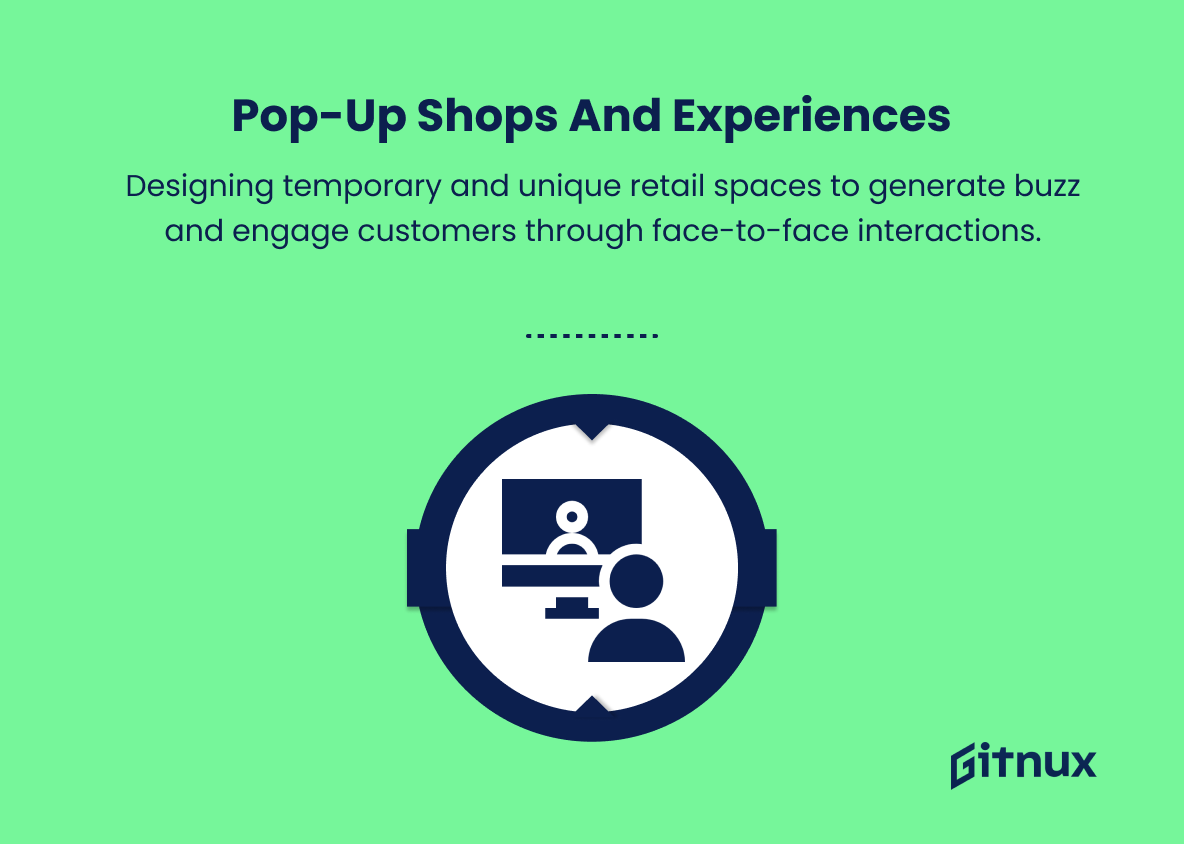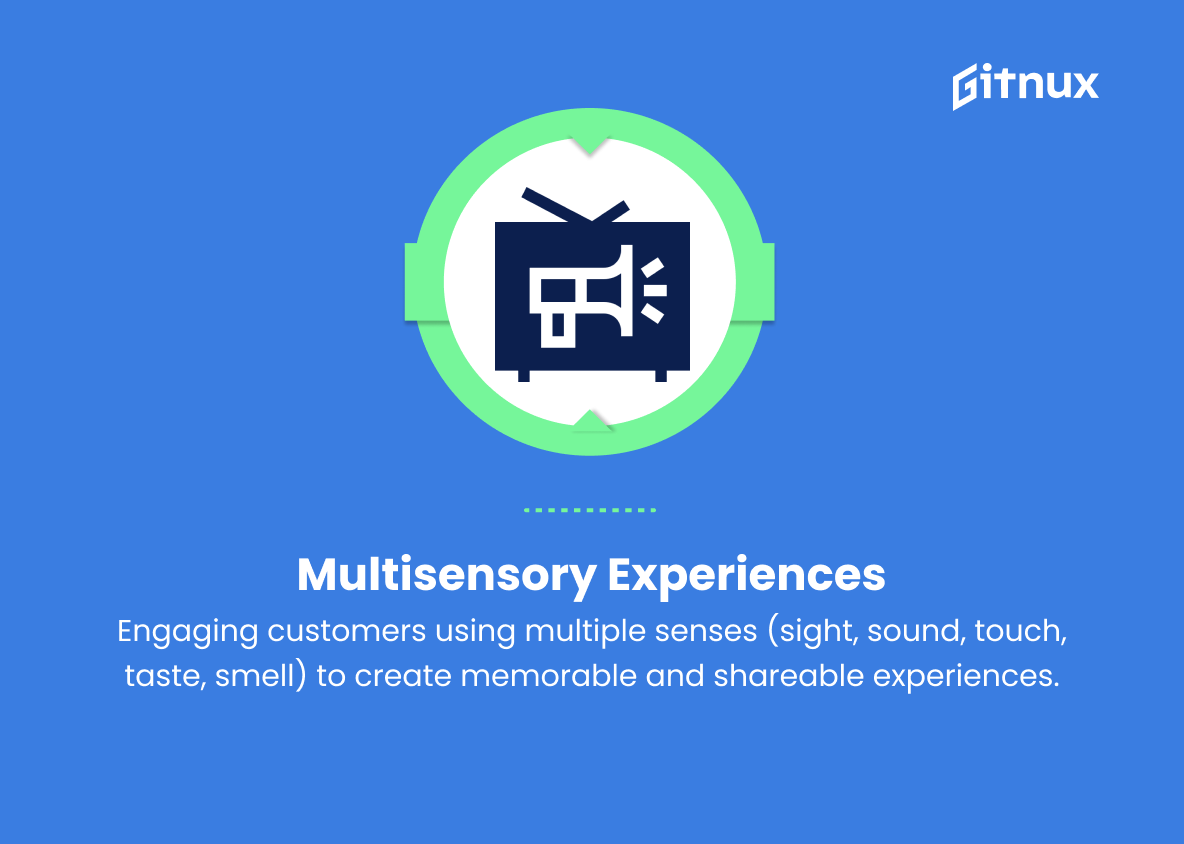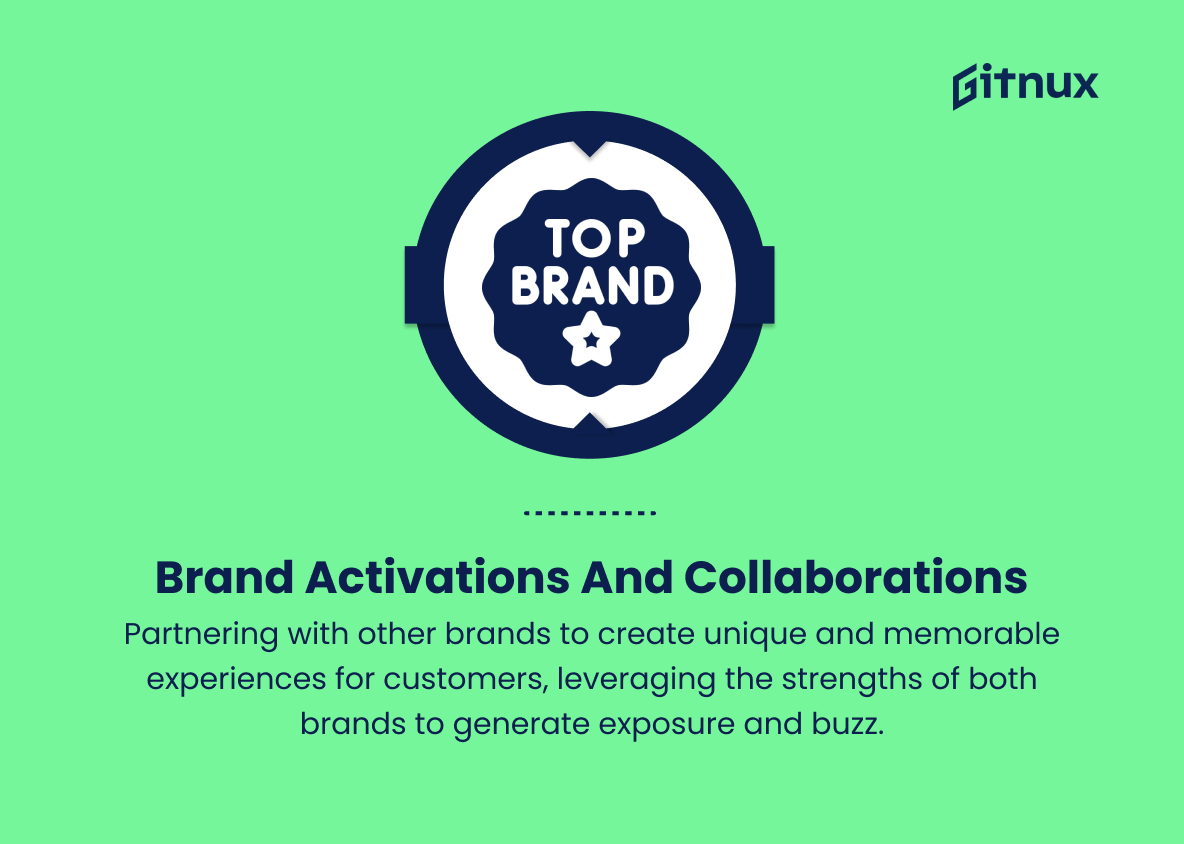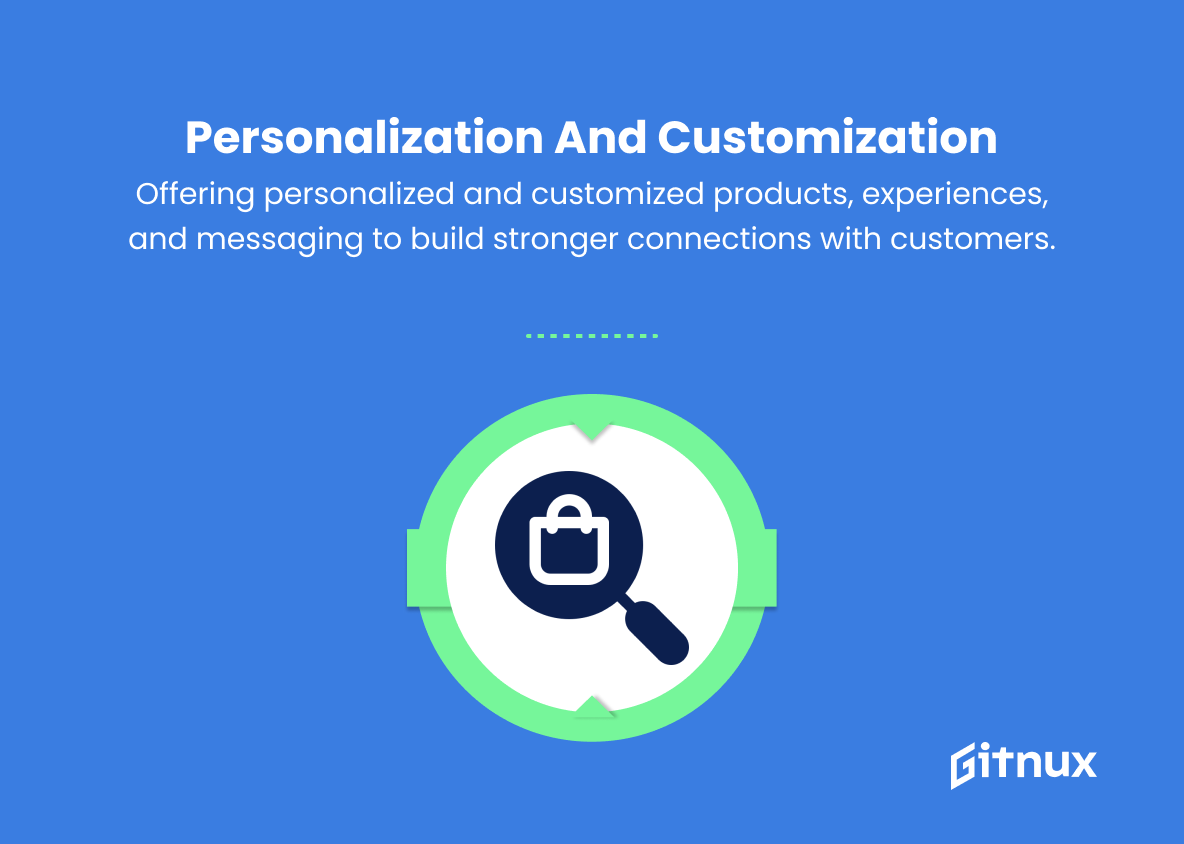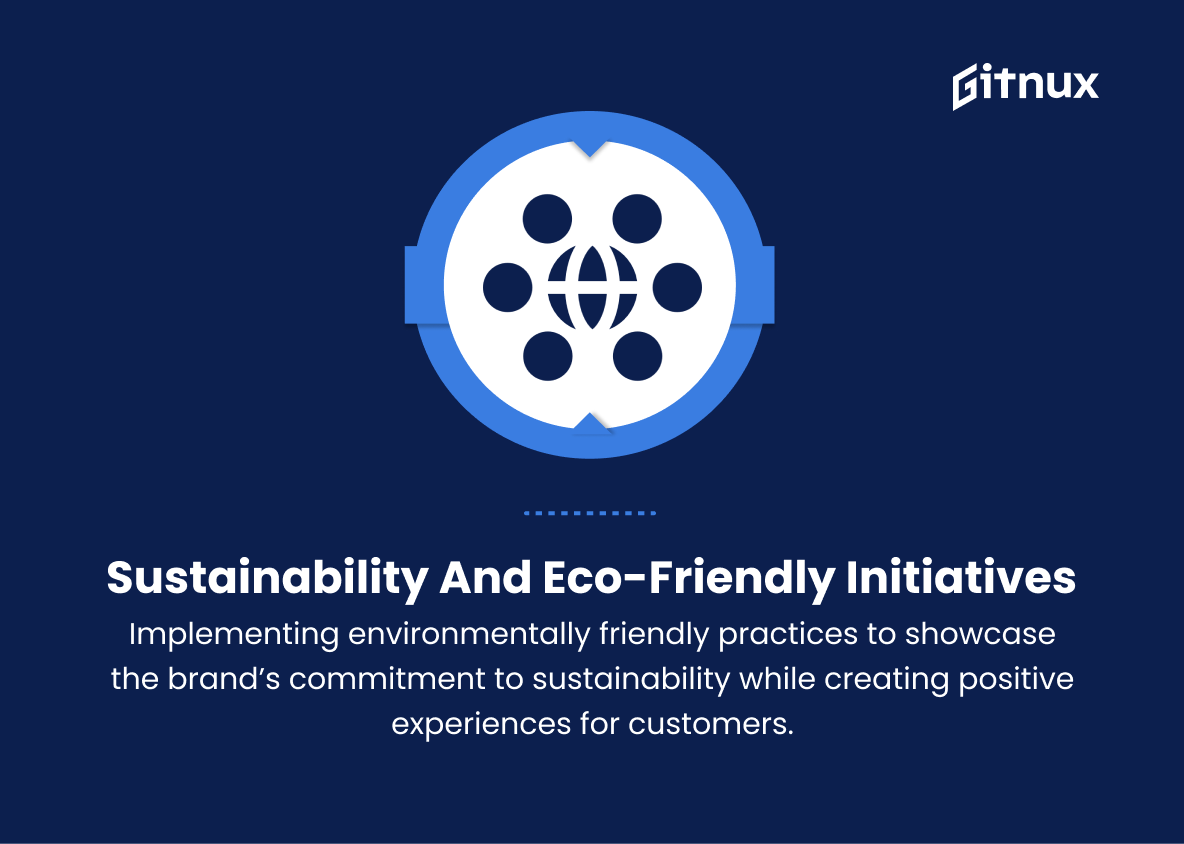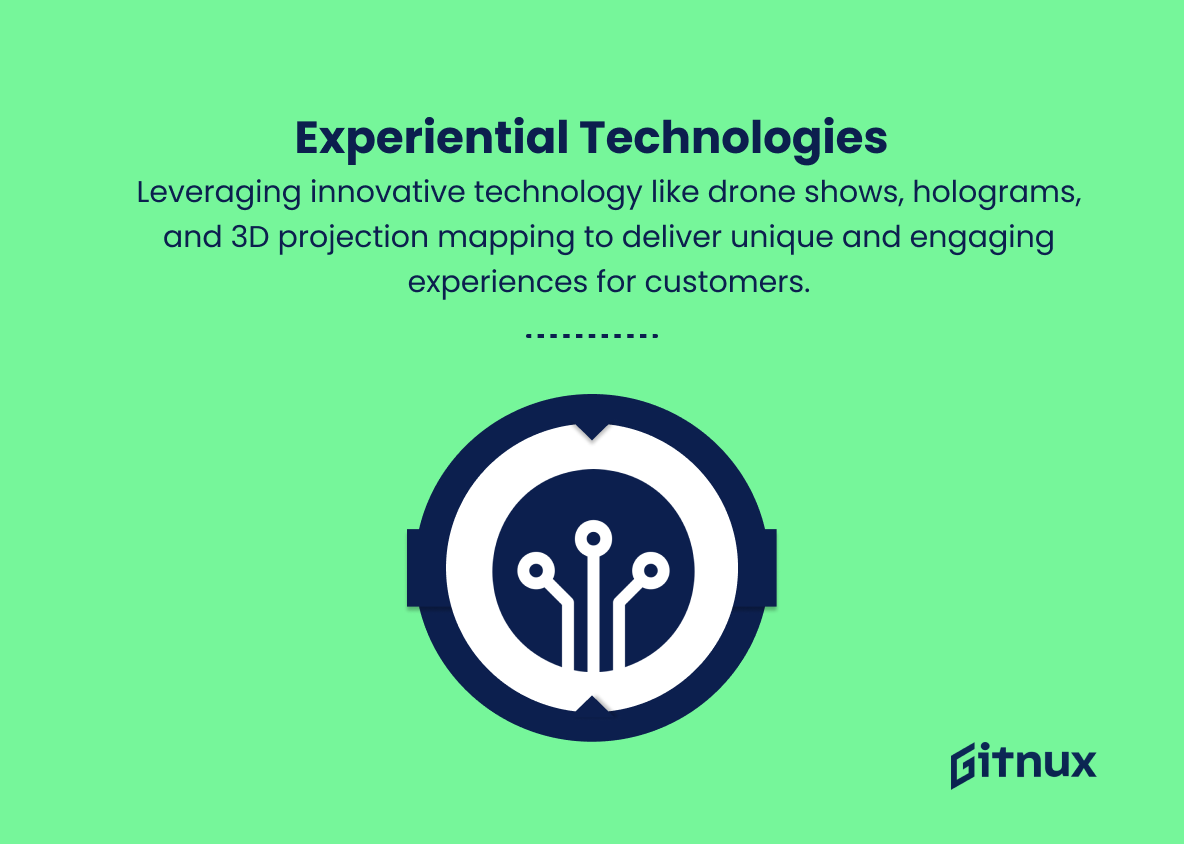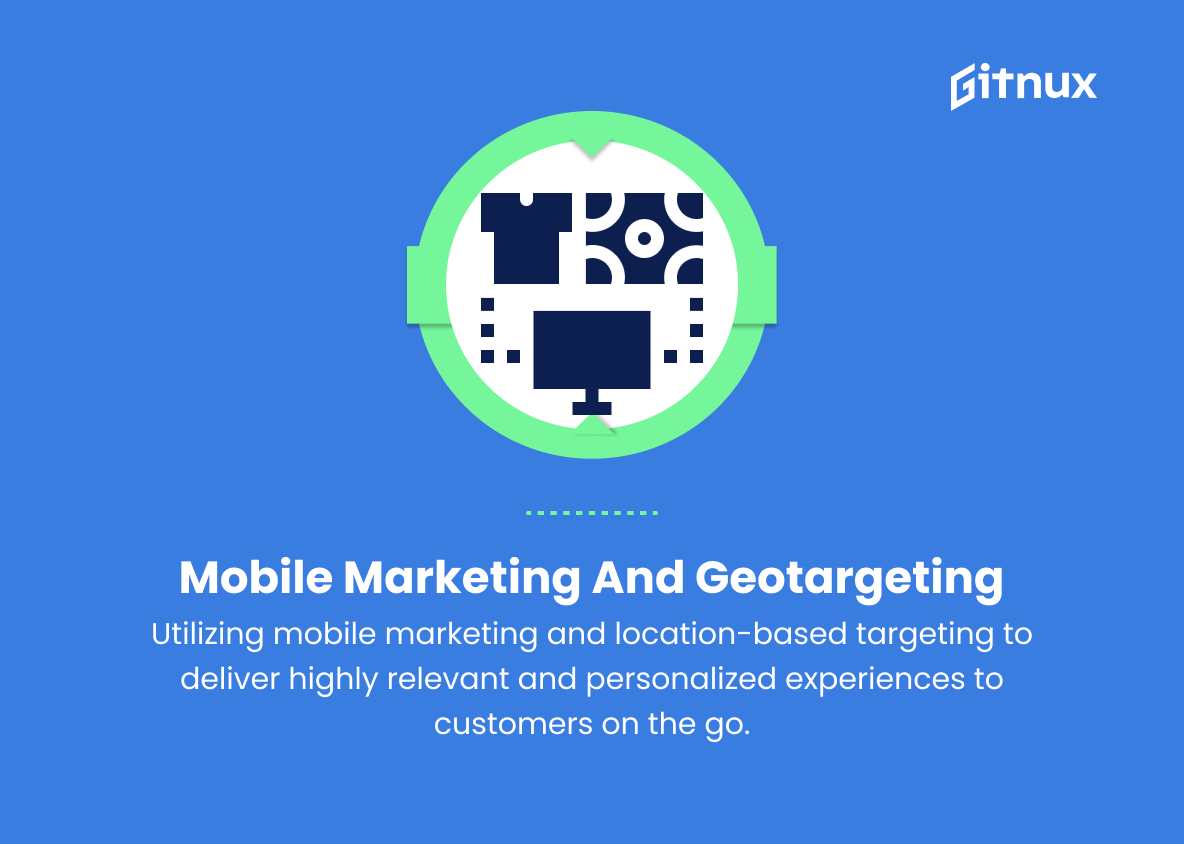In today’s rapidly evolving marketing landscape, brands are continually searching for innovative, engaging, and impactful ways to connect with their audiences. Experiential marketing, which focuses on crafting immersive and dynamic experiences, has emerged as a powerful tool that taps into consumers’ emotions, fostering stronger bonds and creating lasting brand memories.
As technology, personalization, and consumer expectations continue to shape the industry, staying ahead of the curve and understanding the ever-changing experiential marketing trends is crucial for any brand on a quest to stand out in a crowded marketplace. In this insightful blog post, we delve into the most significant and transformative experiential marketing trends, arming you with the knowledge to create unforgettable campaigns that resonate with your target audience.
Top Experiential Marketing Trends
1. Virtual Reality (VR) and Augmented Reality (AR) Experiences
Integrating VR and AR technologies to create immersive and interactive experiences for customers, showcasing products and services in innovative ways.
2. Artificial Intelligence (AI) and Chatbots
Utilizing AI and chatbots to offer personalized recommendations, real-time communication, and increased customer engagement.
3. Social Media Influencers and Promotions
Collaborating with influencers and social media platforms to create campaigns and promotions that go viral by leveraging the influencers’ reach and online presence.
4. Live Streaming and Virtual Events
Taking advantage of live streaming and virtual events to connect with customers globally, keeping them engaged even when they cannot attend in-person events.
5. User-generated Content (UGC)
Encouraging customers to create and share content related to the brand, which can lead to increased engagement, trust, and reach.
6. Gamification
Implementing game mechanics into marketing efforts to increase engagement, competition, and loyalty among customers.
7. Experiences for Good (Cause Marketing)
Partnering with charities or social causes, creating marketing campaigns that not only create brand awareness but also positively affect the world.
8. Pop-up Shops and Experiences
Designing temporary and unique retail spaces to generate buzz and engage customers through face-to-face interactions.
9. Multisensory Experiences
Engaging customers using multiple senses (sight, sound, touch, taste, smell) to create memorable and shareable experiences.
10. Photo Opportunities and Selfie Stations
Creating visually appealing installations and selfie stations that encourage guests to take photos, generating organic reach through social media shares.
11. Brand Activations and Collaborations
Partnering with other brands to create unique and memorable experiences for customers, leveraging the strengths of both brands to generate exposure and buzz.
12. Personalization and Customization
Offering personalized and customized products, experiences, and messaging to build stronger connections with customers.
13. Sustainability and Eco-friendly Initiatives
Implementing environmentally friendly practices to showcase the brand’s commitment to sustainability while creating positive experiences for customers.
14. Experiential Technologies
Leveraging innovative technology like drone shows, holograms, and 3D projection mapping to deliver unique and engaging experiences for customers.
15. Mobile Marketing and Geotargeting
Utilizing mobile marketing and location-based targeting to deliver highly relevant and personalized experiences to customers on the go.
16. Micro-experiences and Niche Events
Creating smaller, highly targeted events that cater to specific interests and preferences of customers, generating deeper connections with the brand.
17. Storytelling and Content Marketing
Focusing on engaging storytelling and content marketing to connect with customers on a deeper and more emotional level.
18. Agile Experiential Marketing
Embracing an agile approach to experiential marketing, making it faster, flexible, and more responsive to customer needs, preferences, and feedback.
19. Emphasis on Health and Wellness
Incorporating health and wellness elements into experiential marketing to promote and support a healthy lifestyle among customers.
20. Experiences with Purpose
Designing experiential marketing campaigns with a clear purpose that aligns with customers’ values and aspirations, forging deeper connections with the brand.
Implications
As a futurist, I foresee that the integration of various experiential marketing trends will lead to more comprehensive and immersive experiences for customers. The combination of Virtual Reality and Augmented Reality, Artificial Intelligence, and Experiential Technologies will create highly personalized and interactive engagements that will capture the attention of audiences in a way traditional marketing never could.
Collaborating with social media influencers, leveraging live streaming and virtual events, and embracing user-generated content will further amplify the brand’s reach and impact, while innovative approaches such as pop-up shops, multisensory experiences, and gamification will generate buzz and excitement.A shift towards experiences rooted in purpose, sustainability, and health and wellness will align brands with socially conscious consumers, fostering deep connections and loyalty.
Partnering with other brands or supporting social causes will amplify the positive impact of marketing initiatives. Smaller, targeted events and niche experiences will appeal directly to consumers’ unique interests, further strengthening relationships with the brand. The rapid advancement in technology will lead to the adoption of agile marketing strategies, enabling brands to quickly adapt and respond to changing customer preferences and feedback. Mobile marketing and geotargeting will deliver highly relevant experiences directly to the customer, enhancing engagement and personalization.
Finally, a focus on purpose-driven storytelling and content marketing will evoke emotional connections with audiences that resonate at a deeper level, ensuring that these experiential marketing trends continue to transform the landscape and redefine the future of customer engagement.
Conclusion
In summary, experiential marketing continues to evolve and thrive, as brands recognize the undeniable power of engaging their audiences through authentic, immersive experiences. The key trends shaping this field, such as virtual and hybrid events, sustainability, personalization, and shoppable experiences, showcase the incredible diversity and potential of experiential marketing strategies. By keeping a keen eye on these trends, marketing professionals and businesses can develop highly effective campaigns that forge lasting connections with their target audiences, ultimately driving brand loyalty and fostering long-term success.
